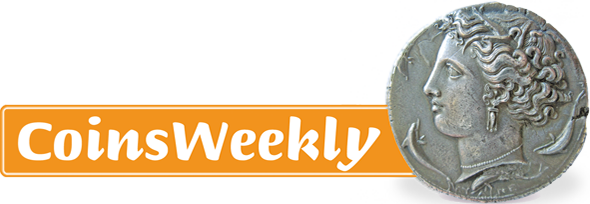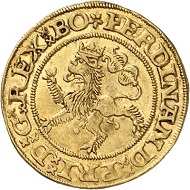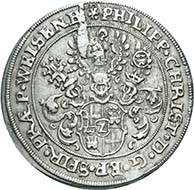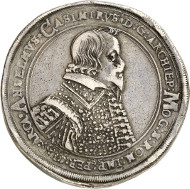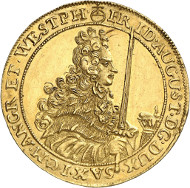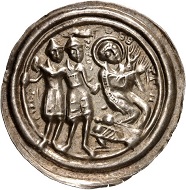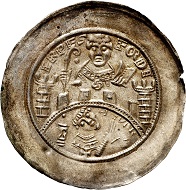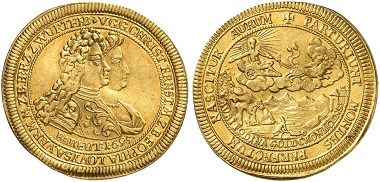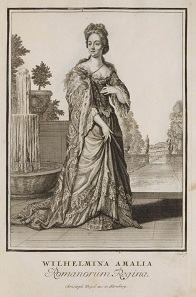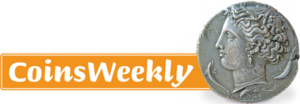Bohemia and the House of Habsburg – a conflict-laden relationship
Habsburg coins having been minted in the Prague Mint is something we very much take for granted. In its Auction 285, to be held on 2 February 2017, the auction house Künker offers an entire series of these. But it was anything but ordained by God that Bohemia became subject to the rule of the House of Habsburg.






